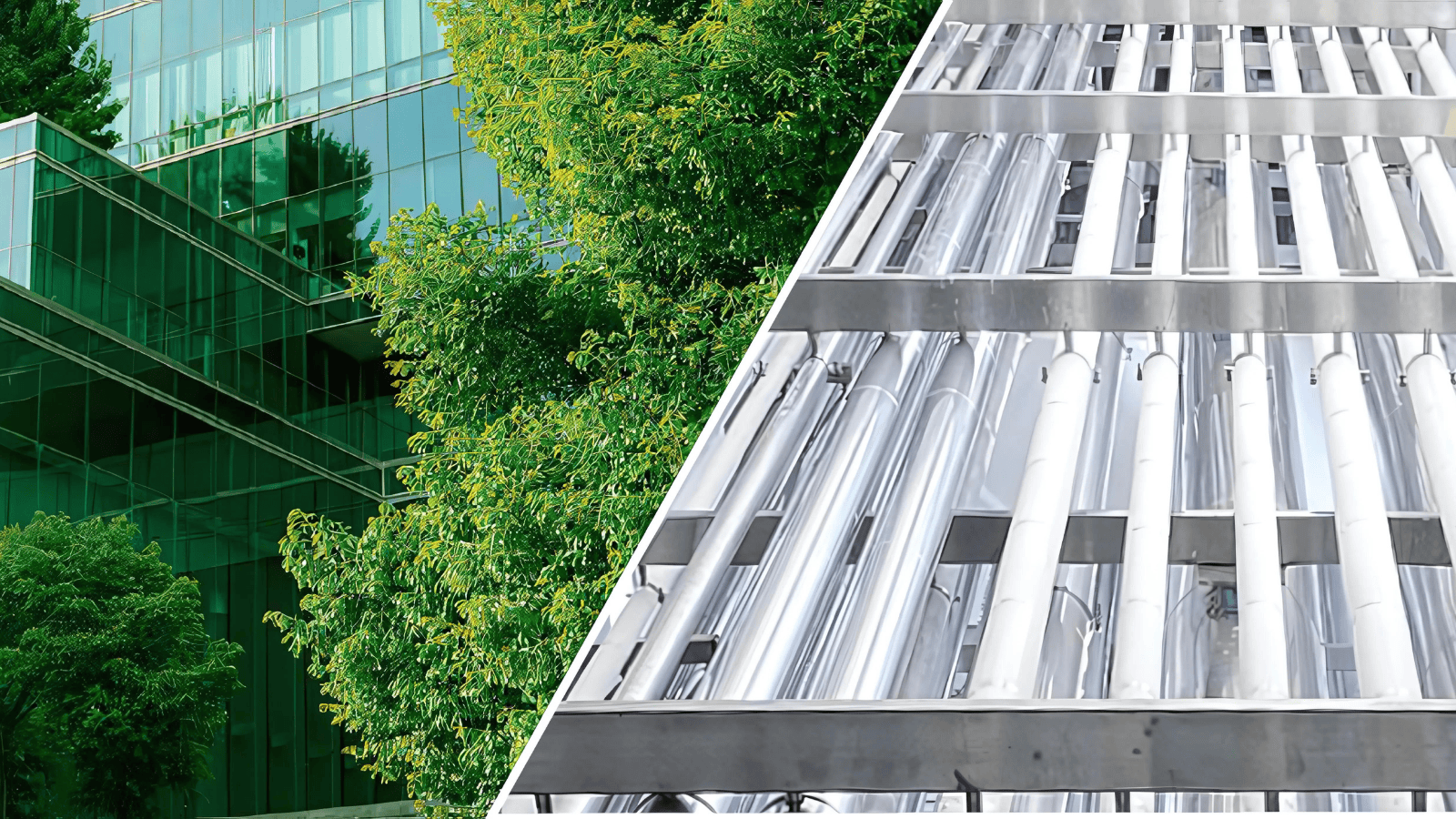Understanding the LEED® Certification and How T-FIT® Contributes to Earning Points
Published
October 7, 2024
Leadership in Energy and Environmental Design (LEED®) is a globally recognized green building certification system developed by the U.S. Green Building Council (USGBC). LEED evaluates the sustainability of buildings based on various categories, promoting environmentally responsible and resource-efficient construction. Attaining LEED certification can significantly boost the environmental credibility of a building project, offering both economic and ecological benefits.
Within the LEED framework, buildings are assessed across nine categories, each containing prerequisites and credit scoring opportunities. T-FIT® Technical Insulation products offer several sustainability benefits that may help contribute to earning LEED points in key areas.
What are the categories where T-FIT can contribute towards LEED Certification points?
Energy and Atmosphere (EA):
T-FIT is able to play a key role in contributing to the Minimum Energy Performance prerequisite. This is achieved by supporting energy savings in pipework and HVAC systems, which helps promote energy efficiency and reduces greenhouse gas emissions. In terms of credits, T-FIT® can contribute to the Optimize Energy Performance category, where it can help earn between 1 and 25 points. T-FIT enables efficient energy savings, even in difficult-to-access areas, thereby improving overall building energy performance.
Materials and Resources (MR):
In the Building Product Disclosure and Optimization – Material Ingredients category, T-FIT can help contribute to 1-2 points by being free from substances listed on the REACH Substances of Very High Concern (SVHC) list. This can help to earn credits through the ‘International Alternative Compliance Path.’ Additionally, T-FIT supports the Construction and Demolition Waste Management category, potentially contributing to 2 points by minimizing waste through its durability and ease of installation. The long lifecycle of T-FIT reduces the need for frequent replacement, thus lowering the amount of material waste generated during construction and demolition.
Indoor Environmental Quality (EQ):
T-FIT can contribute to the Low-Emitting Materials credit, where it can help earn 1-3 points. The product produces very low volatile organic compounds (VOCs), meeting stringent standards, including the California Department of Public Health regulations, a standard for evaluating building and interior products for low chemical emission. This makes T-FIT ideal for improving indoor air quality. Furthermore, T-FIT helps contribute to the Indoor Air Quality Assessment credit (1-2 points) by ensuring better indoor air through minimal emissions of VOCs, carbon monoxide, and ozone. This enhances the health and comfort of building occupants.
Sustainable Insulation:
In the Building Life-Cycle Impact Reduction category, T-FIT can contribute towards earning 1-4 points by offering enhanced durability and energy efficiency. Its long-lasting performance helps reduce a building’s global warming potential, cutting down on energy and material consumption over time. T-FIT insulation helps a building meet its sustainability goals, both in terms of environmental performance and lifecycle impact reduction.
Conclusion
By integrating T-FIT Insulation into your building project, you can enhance energy efficiency, reduce waste, and improve indoor air quality, all while supporting the pursuit of LEED certification. Although the use of T-FIT does not guarantee certification, it offers significant contributions towards fulfilling the prerequisites and earning valuable LEED credits, supporting your goal of creating a sustainable and environmentally friendly building.
For more details on how T-FIT® can contribute to your specific project’s LEED certification, please contact our team.
